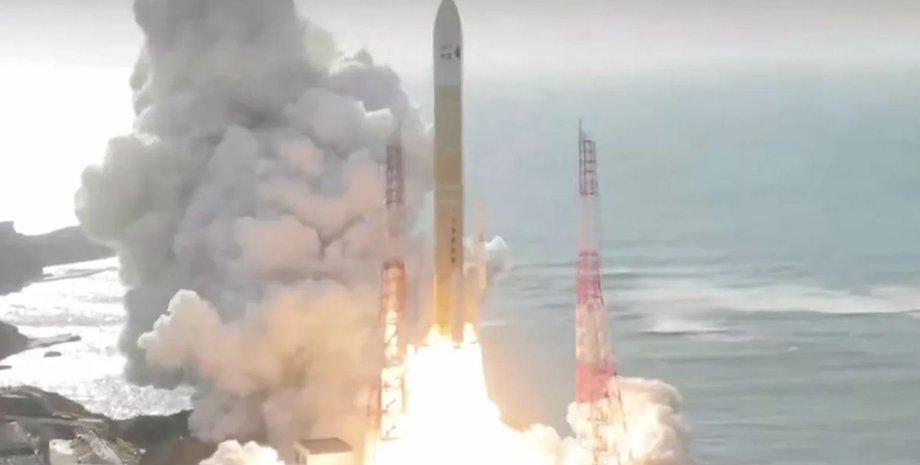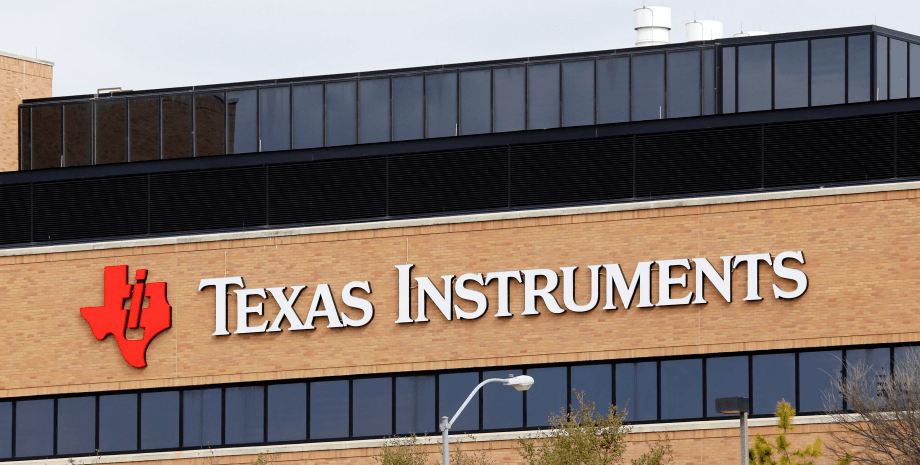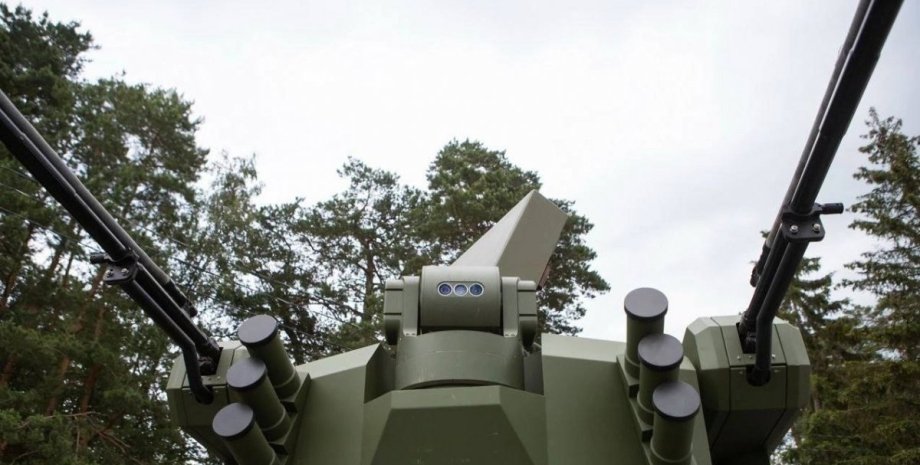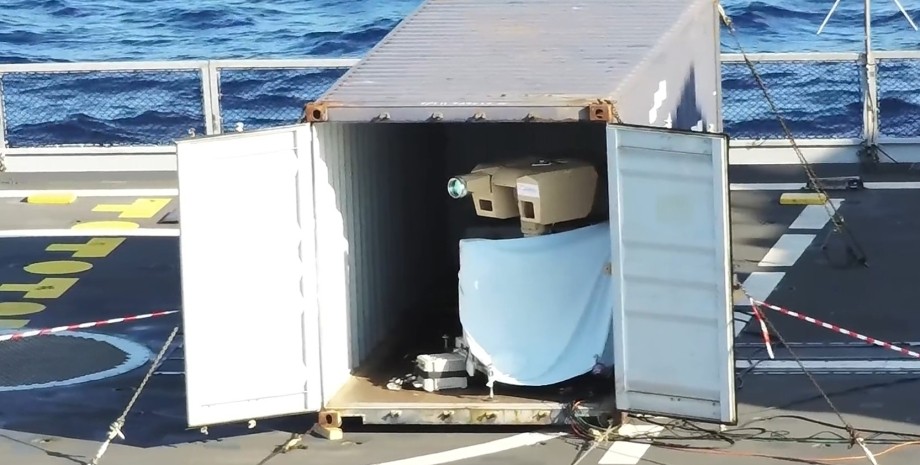
 By Eliza Popova
By Eliza Popova
The ship went into space with the help of an H3 launch vehicle from the Tanegashima Cosmodrome and entered the given orbit 14 minutes after launch on Sunday, October 26, writes Space. In Focus. Technologies has its own Telegram channel. Subscribe so you don't miss the latest and most exciting news from the world of science! According to JAXA's statement, the HTV-X spacecraft separated from the H3 launch vehicle and entered the target orbit.
It is expected to arrive at the ISS on Wednesday, October 29. HTV-X is the successor to the Japanese cargo spacecraft HTV, also known as Kounotori (Japanese for "White Stork"), which completed nine missions to the ISS between September 2009 and May 2020. HTV-X is designed to deliver 6 tons of cargo to the ISS, as well as conduct experiments after it leaves the space station. The new spacecraft is 8 meters long and is about 1.
2 meters shorter than its predecessor, but can deliver the same amount of payload to the ISS. HTV-X is also designed to be able to carry out demonstration tests of various technologies on board for a year and a half after it leaves the ISS before it burns up in the atmosphere. According to JAXA's statement, HTV-X will also contribute to human space activities in orbit and after the ISS is decommissioned in 2030.
The spacecraft may also deliver cargo to Gateway, a space station that NASA plans to build in orbit around the moon. The debut of HTV-X increases the number of cargo spacecraft delivering payloads to the ISS. Currently, this is done by the Russian Progress ship, as well as the Cygnus and Dragon ships built by the American companies Northrop Grumman and SpaceX, respectively. Only Dragon is reusable.
The remaining ships, including the HTV-X, burn up in Earth's atmosphere after the mission is complete. Sunday's launch also marks the successful debut of the most powerful version of the H3 launch vehicle, with four boosters and an enlarged fairing, the upper payload bay. The H3 missile replaces the Japanese H-2A missile, which made its last flight in June this year.
To date, the H3 launch vehicle has made six successful flights into space after a failed first launch attempt in 2023, when the rocket had to be destroyed along with the payload, as Focus has already written. Focus also wrote about the fact that a new technology for removing space debris without physical contact is presented. The ALBATOR project received a multi-million dollar grant for the creation of contactless space debris removal technology.










All rights reserved IN-Ukraine.info - 2022